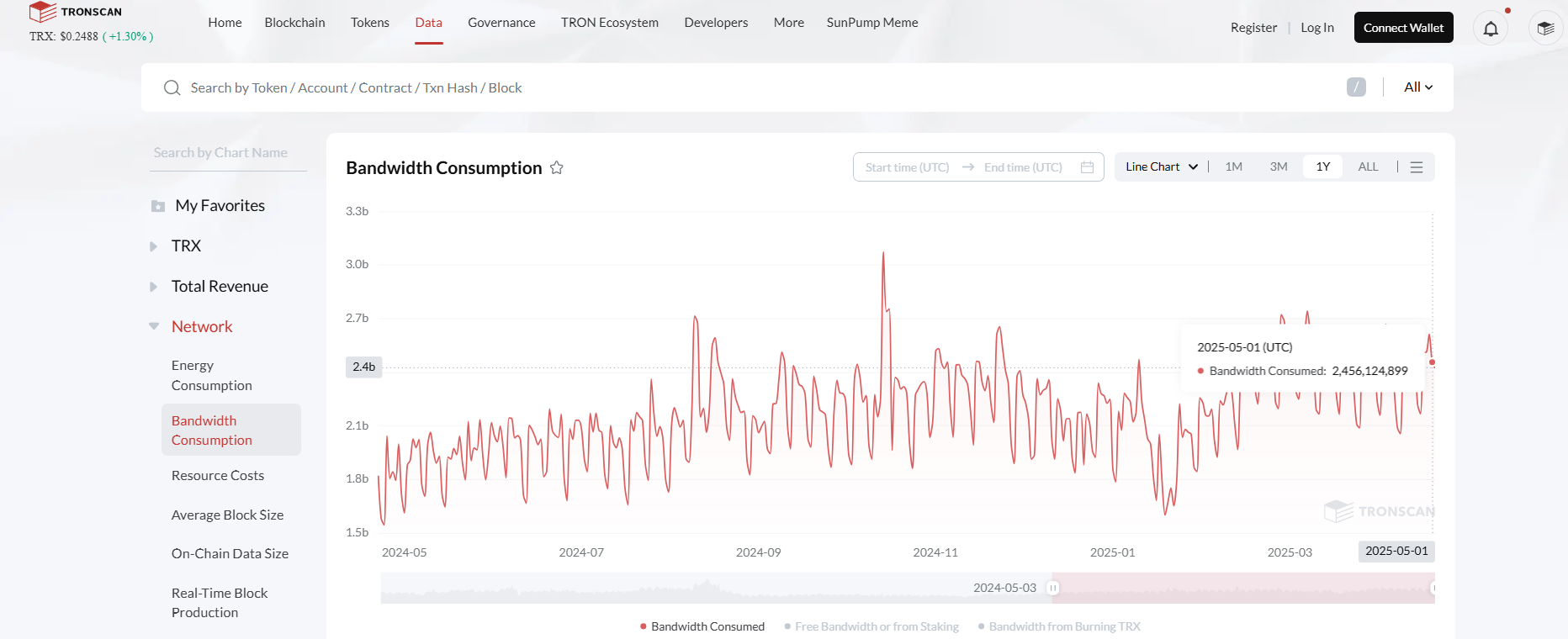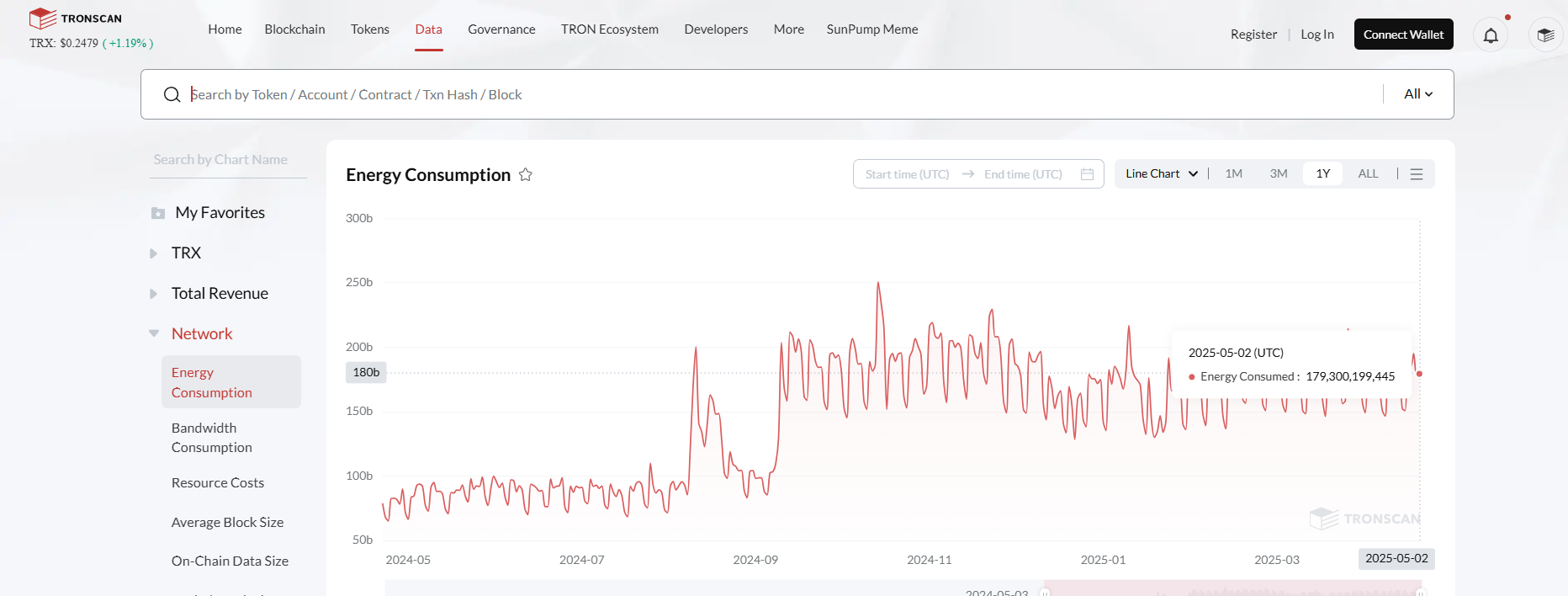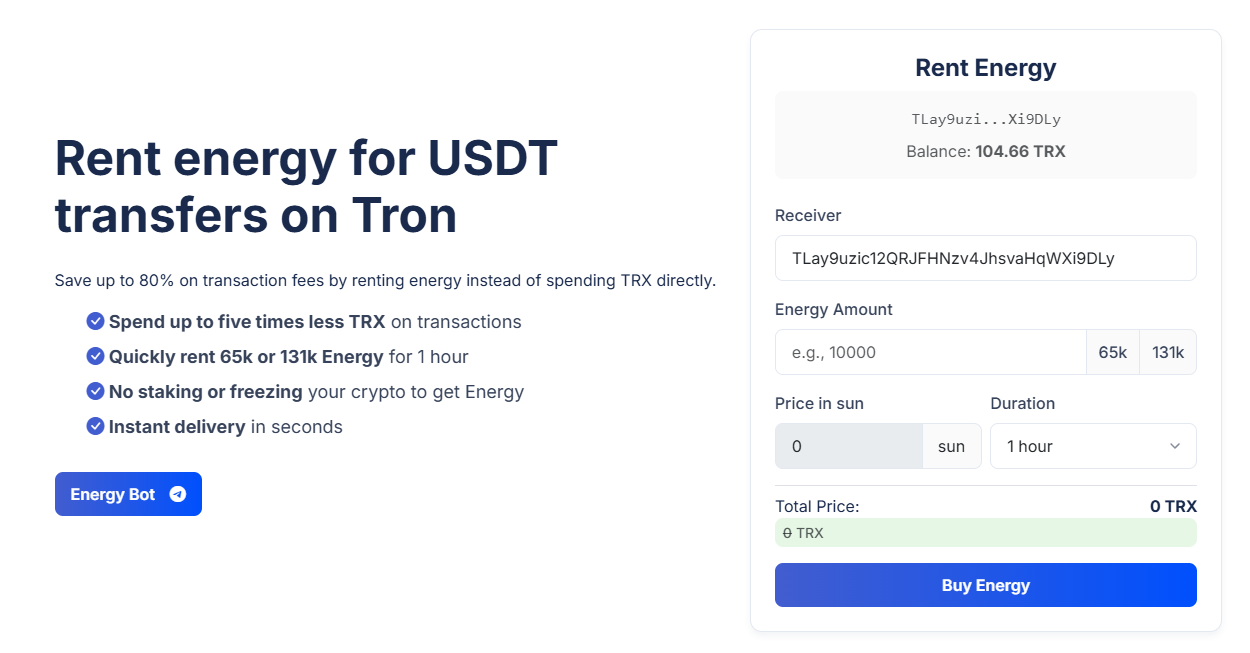Fees in the Tron Network: How They Work and How to Minimize Them
Tron is one of the most promising and rapidly growing blockchains. Unlike Bitcoin or Ethereum, where fees are charged directly in the network's token (BTC, ETH), Tron uses a different model with Bandwidth and Energy resources. Because of this, understanding Tron fees is not straightforward at first glance. Let's figure out what constitutes fees in the Tron network and how they can be practically reduced to zero or significantly minimized.

Activating a New Account (One-Time Fee)
Firstly, the Tron network has a one-time fee for account activation. When you create a Tron address for the first time, you need to activate it by sending some amount of TRX to it. Currently, activation costs 1 TRX. After this, the account becomes a full participant in the network, and further transfers are possible from it.
Note: Many wallets (including services like NETTS) can perform activation automatically, so you might not even notice it.
Bandwidth – Fee for Simple Transactions
For ordinary transactions in Tron (e.g., transferring TRX or other TRC-10 standard tokens), the Bandwidth resource is used. Each transaction consumes a certain amount of Bandwidth, proportional to the transaction size in bytes.
Good news: Every Tron account receives a small amount of free Bandwidth daily. This means that several small transactions per day can be performed without using TRX for fees.
Daily Bandwidth Limit
Currently, the network allocates about 600 Bandwidth points per address per day. This is enough for 1–2 transactions (depending on their size). The limit may change depending on decisions made by the Tron community, but the essence is that you can perform a certain number of operations with TRC-10 tokens for free every day.
A simple TRX transfer usually consumes about 250–300 Bandwidth, depending on the amount of data in the transaction (sender address, recipient address, etc.). If you stay within the free limit, TRX will not be deducted from your balance at all.

Paying for Bandwidth Beyond the Limit
If the free Bandwidth units are exhausted, the network will take an equivalent amount in TRX from your balance for each additional unit of the resource. The current rate is 0.001 TRX per 1 Bandwidth. That is, 100 additional units of the resource will cost 0.1 TRX.
Example (TRX Transfer)
Suppose you have already exhausted your daily Bandwidth limit, and the next transaction requires 300 units of this resource. In this case, the fee will be 300 × 0.001 = 0.3 TRX. If you convert this fee into dollars (at a TRX rate of approximately $0.24), it comes out to about $0.072 — not much at all. And if the Bandwidth limit has not yet been exhausted, this transaction will cost you 0 TRX in fees.
Energy – Fee for Smart Contract Operations
For more complex operations in Tron, such as sending TRC-20 tokens (e.g., USDT TRC-20) or calling a smart contract of a decentralized application, Bandwidth alone is not enough. Here, the second special Tron resource comes into play – Energy.
Features of Energy in Tron
There is no daily limit. Unlike Bandwidth, the network does not distribute Energy for free. Each user must take care of Energy themselves if they plan to interact with smart contracts.
What Energy is Spent On
When calling a smart contract (and transferring a TRC-20 token is also a contract call), a certain amount of energy is consumed. The more complex and "heavy" the operation execution, the more energy capacity the transaction requires. These network costs are covered by users using the special Energy resource.
For example, transferring a USDT (TRC-20) token might require about 64,000 – 131,000 units of Energy. The exact figures depend on whether new addresses are involved, how complex the contract logic is, etc.

Paying for Energy
If the user does not have the Energy resource on their balance, or it is insufficient to pay for the transaction, the missing part is covered by burning TRX. In other words, the network "sells" you the missing Energy for TRX at the moment of the transaction. Currently, the price of Energy is about 0.00021 TRX per unit of Energy (this value can be updated by network parameters).
Example (USDT TRC-20 Transfer)
You want to send 100 USDT on the Tron network, and you have no TRX staked and, consequently, no Energy. Suppose the USDT smart contract required 64,000 Energy to perform the transfer. The network will deduct a fee from your TRX balance equivalent to this volume of resource:
64,000 × 0.00021 = 13.44 TRX
If TRX is trading at ~$0.24, then this is about $3.22. Such a fee is roughly equal to the fee for transferring USDT on Ethereum, but it can be minimized by 80% or even reduced to zero if prepared correctly.
How to Reduce Tron Fees: Staking TRX and Renting Resources
The Tron fee system is designed so that you can prepare (accumulate) resources in advance to avoid paying for them with each transaction. There are two main ways to reduce or even avoid network fees: staking (freezing) and renting Energy and Bandwidth.
Freezing (Staking) TRX
Staking involves withdrawing a certain volume of TRX from circulation. The user essentially rents them out to the ecosystem for a certain time, for which they receive a reward.
- By freezing TRX to receive Bandwidth as a reward, you will increase your daily limit of free Bandwidth, allowing you to send TRX more often without commission.
- By freezing TRX to receive Energy, you will receive a certain amount of Energy daily. These free amounts of Energy will be used instead of burning TRX when interacting with TRC-20 tokens.
The amount of resources received is proportional to the amount and duration of the freeze.
Example
To have enough Energy for 2 USDT TRC-20 transfers per day, it is currently necessary to freeze about 23,000 TRX (this amount is approximate and depends on the total volume of TRX staked in the Tron network).
This method does not require spending TRX on fees, but the frozen coins remain unavailable for trading and must be unfrozen before they can be used again. As a result, a fairly substantial sum has to be withdrawn from circulation for half a month.
Renting Resources (Energy) from Other Participants
To obtain Energy, it is not necessary to own a large amount of TRX. There are resource rental markets in the Tron ecosystem. That is, other network users with large stakes are willing to rent out their surplus Energy for a small fee. You pay a certain amount of TRX and in return receive Energy to your address for a specific period. This is significantly cheaper than burning TRX with each transaction.
Example
Renting 1,000,000 units of Energy for 3 days will cost approximately 270 TRX and allow for about 10-15 transactions of TRC-20 format tokens (depending on their "weight" and consumed Energy).
For comparison: if you do not rent, but pay for these transactions by burning TRX, a total of about 630 TRX will be spent on fees. The savings are obvious – about 60% of the funds remain with you.
Of course, independently finding and renting Energy requires additional steps and understanding of the Tron resource market. For the average user, this is difficult. Fortunately, services are emerging that simplify working with Tron resources, allowing transfers with minimal fees and in a convenient format.
NETTS – Tron Transactions Without Worrying About Fees
The NETTS Energy rental service was created specifically to relieve users of the complexities associated with bandwidth and energy consumption. NETTS is an infrastructure platform that optimizes payments on the Tron network.

Advantages of Using NETTS
The main advantage of this relatively recently created but rapidly developing service is that it was initially designed for convenient USDT transfers and Energy rental. For many older platforms that simply added the Energy rental function alongside other services, it often never became a priority.
NETTS started with a simple web interface and login via a website form. This function remains and is ideal for those who do not regularly engage in USDT transfers.
Parallel to the web interface, a Telegram bot was developed and launched.
But the team – enthusiasts and users of the Tron network – does not stand still: now clients have access to a unique Workspace with API connection and two modes, Smart and Host.
The NETTS Energy rental service maximizes the comfort of network users and significantly, up to 80%, reduces their spending on transactions with TRC-20 format tokens, particularly with USDT TRC-20, in other words – with smart contracts.

As a result, NETTS clients have a number of significant advantages compared to other Tron users, including large platforms that transfer USDT TRC-20 to dozens of addresses daily.
- A USDT transfer transaction costs clients 3-6 TRX depending on the recipient's wallet status, as seen in the screenshot above. The same operation without rented Energy costs 14-27 TRX. 80% savings – the only offer on the market, and it comes only from NETTS.
- When using the Telegram bot in conditions of minimal network load, you will only pay for the Energy actually used.
- You can choose the type and level of automation for the Energy rental process according to your tasks. For example, log in via the website form with prepayment, via the Telegram bot with a minimum deposit of 15 TRX, or via the Workspace cabinet with API connection with a minimum deposit of only 1 TRX.
- You independently regulate the mode of charging your wallet with Energy thanks to the unique Smart and Host modes.
- Smart allows the client to set a trigger, upon reaching which NETTS immediately recharges the balance to the initial level.
- Host is a mode of perpetual Energy or cyclical resource supply according to your schedule. There is an option to pause at any moment.
- NETTS allows you to make USDT (and other TRC-20 tokens) transfers even if you don't have TRX for the fee. The service charges a symbolic fee in the same USDT. Essentially, you pay the fee with the token you are transferring, instead of holding separate TRX for this purpose.
- You don't need to withdraw thousands of TRX from circulation or understand Tron's mechanisms. NETTS takes care of these tasks. You freely use your funds while the service provides resources in the background.
Conclusion
The Tron network initially offers very low fees by utilizing an innovative resource system. Once you understand the purpose of Bandwidth and Energy, you can save significantly and even conduct transactions for free.
And services like NETTS make this process even simpler: you get the benefits of Tron (fast and inexpensive transfers) without worrying about technical details or managing network resources. You simply send your TRX or USDT — and NETTS will take care of minimizing the fee!
Test the capabilities of the NETTS service right now – simply add some TRX to the Workspace's deposit and explore the possibilities of your personal account. This is your control center, allowing you to strictly control the Energy rental process, choosing the tools suitable for you to get the maximum discount – up to 80%!!! – when conducting transactions with TRC-20 tokens.